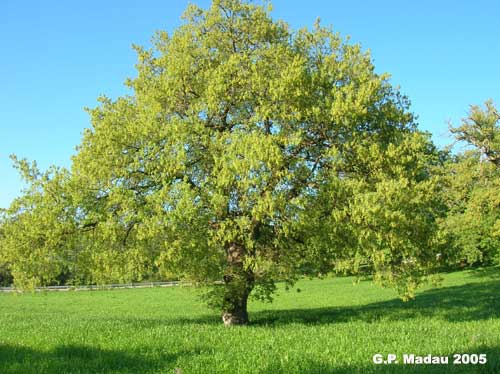Quercus Pubescens - Roverella
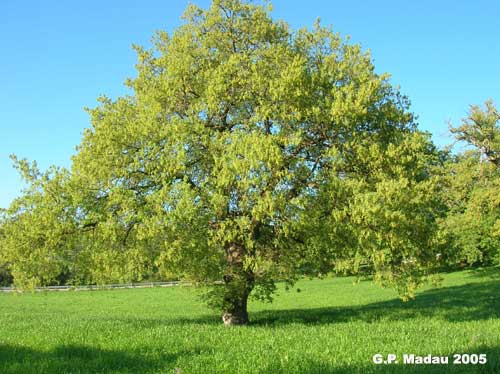
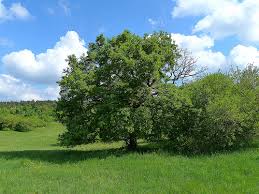
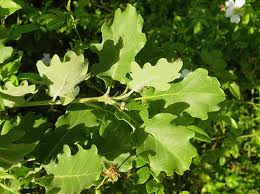
To complete the third delivery, we have to describe a particular kind of tree and then, show you how model it in Vasari. We choosed a kind of tree very diffused in Rome and in Italy. Its latin name is Quercuns Pubescens, in italian Roverella. Its family is Fagaceae.
Roverella can resist against humidity and cold. During the winter, we can recognize it because roverella doesn't lose her foliage (like other species) but its withered leaves are attached on branches. Despite some destructive human interventions, roverella is still very diffused.
Roverella is a tree which sometimes can be very tall (20-25 metres), with a large, sparse and irregular foliage. It has a short stem, with some big branches which start in not very tall points, and often the stem is very twisted.
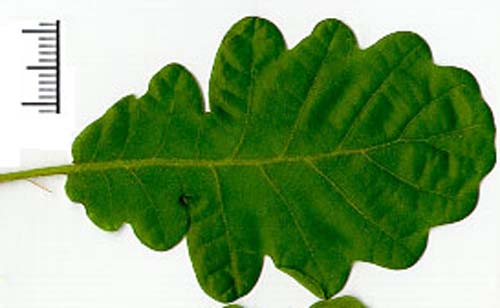
The leaf of Roverella
The gems are grey and its lenght is around 8-12 mm. Their form is ovals and pointy and very nappy.
Usually the bark is grey or dark-grey.

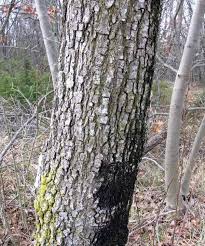
The bark of Roverella
Generally, Roverella loses its leaves at the end of the winter (not in autumn). The leaves can have some different dimensions with a elongated form. On lower side they are nappy like gems. Roverella is located around the Mediterran Sea and in the whole Italy, except for the internal and higher points. About the ground, Roverella can live everywhere along these areas but not on clay areas. In fact it prefers very sunny place or the south face of a hill. This tree is valued and used as firewood because it has a good calorific value and a very slow combustion. Generally with this kind of wood we can obtain beams, shipbuildings and, a time, railway sleepers. Instead its fruits, are used to feed porks, because this kind of acorns is very sweet.
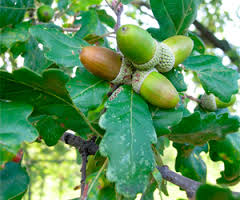
The acorns of Roverella
Generally Roverella lives for 200-300 years, but there is some cases we can have specimens which can live also for 900 years or more.
The Roverella and its whole family have an important figurative sense. They are a symbol of strenght, manliness and military value, like the olive branch. In fact they both are featured in the symbol of Italian Republic. Instead, in leterature we can remember Roverella because Torquato Tasso used to read and sleep under this tree during his roman period.
Now, let's show you how model this kind of tree in Vasari.
First, open Vasari, but this time we are not going to work in Projects, but in Families. So, like the follower pictures, click on “New...”. Open the folder “Conceptual Mass” and then click on “Mass” (the only file).
Now, we are in a new work plane. First of all we have to set the new units (Manage > Project units > length). Like the previous deliveries, set the length on metres, with the rounding that you prefer.
Now, we can create a series of levels, on which we will develop our model, by clicking on Model > Level. For a more comfortable work, it can be helpful to appoint the level according to the limit which they represent (start bark, start foliage, end foliage).
This done, now we can start to draw our model. For this we have to choose the level on which we want to draw. Be sure that you are looking your plane from top to bottom, eventually you can choose your view on your right. So, draw your model. When you draw on a following level, click on “Draw on work plane”, so you are sure that you are drawing on selected level and not on a below level.
Once you done, you could be have a series of circles which create a picture like the follower (on your right you can note the list of level and their name).
Now, we have to create the volume of our tree. But first, we can create the form of the trank by selecting the lower circle and by clicking on “Create Form > Solid Form”. If we want to block the length of the trank, we have to click on “Align” and then select the level on which we want to link our trank. A lock will appear, so click on it to block our trank to te level. In we will move the level, the trank will follow it.
Let's show you my result of this last operation:
Ok, now we have to select the other circle and click on “Create Form > Solid Form”. Your result can be similar to the next pictures:
Ok, we have our 3d model. But everyone know that a lot of kind of tree lose their foliage during autumn (winter in this example). So, we have to insert this aspect in our model. In this way, when we will put our tree in an other model for analysis, we will have more correct results. We have to insert two parameters: the first is the grow of the tree, the second is the fact that it loses its foliage. To do this we have to follow the next steps:
1_On your left, there is “Properties”. In this, you can click on “Visible” to make vible or invisible our foliage, but first we have to set our parameter. Click on a little square next to Visible and, in the schedule that will appear click on “Add parameter”. Now, set a name for your parameter (chioma in my case) and then click on “Family parameter” and on “Instance”. So click on “Ok” to close this window.
2_Now, we have to set the parameter about the way in which our tree grows up.
For this, click on “Family types”. It will appear a new window. In this window, click on “New” and then you have to set a new name for you lenght. In fact, once you changed name, you have to change the length in Family types window too. This is the first step of your tree (when it is growing up). Now, you have to repeat this way according to the steps you want to represent. Don't forget that you have to set the length every time (8 m, 10 m, 12 m). Once you made this, click on “Apply”.
Now, you finished your model and you can import it in an other model by following the next way:
First, open the model in which you want to import your tree.After this, click on “Place Mass > Load Family”. In the window which will appear, choose you tree model and then click on “Open”. So you have just to put your tree as you prefer.
Unfortunately, we can't describe any examples in which there are a series of Roverella that make important shadows on builing or on a large street in Rome, because we haven't found them.
